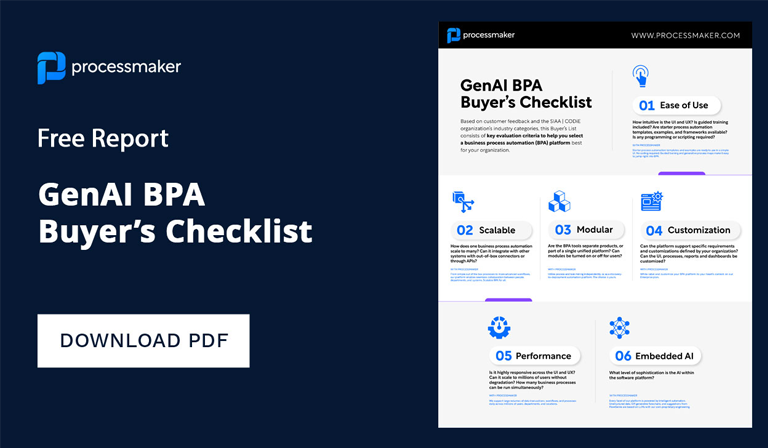The Know Your Customer (KYC) workflow and client onboarding is critical for banks because it establishes the tone for future client experiences, relationships, and service levels, all of which have a financial impact. A McKinsey study found that every one-point increase in Net Promoter Score (NPS) on a scale of ten increased customer revenue by 3%.
Unquestionably, banks must rethink the KYC process, putting the client at the center, to maximize the value of customer onboarding. Unfortunately, many customers are still onboarded via a paper-based, manual process that is inefficient, costly, and error-prone. On the other hand, simplifying KYC procedures, developing open communication channels, and improving the integrity of consumer data are all critical initial steps for transforming KYC obstacles into opportunities.
Learn regulatory lessons from the past
As a result of the 2008 global financial crisis, governing bodies placed stricter regulations on banks, and financial institutions were increasingly impacted by an unexpected rise in compliance costs. For instance, the regulatory load has caused some banks to cease lending to small businesses, divert resources away from product development, and face significant fines for failing to keep up with apparently constant regulatory changes. This burden is sometimes regarded as an inevitable evil.
In addition, due to multiple high-profile money laundering and corruption scandals, financial institutions have been forced to establish stricter KYC processes. Organizations of all sizes are trying to keep up with the new laws and rising compliance expenses, ranging from more arduous due diligence in the onboarding process to the more severe monitoring and reporting requirements of an expanding Bank Secrecy Act (BSA).
Further, KYC standards have been enhanced due to regulations such as Dodd-Frank and FACTA to prevent rising counterparty risks. Implementing additional KYC onboarding and reporting standards to combat tax evasion, illegal organization financing, AML, and politically exposed individuals may reduce customer risk. The Panama Papers leak prompted even further KYC changes. For example, the Customer Due Diligence Final Rule went into effect to identify the actual owners of company bank accounts.
By raising the difficulty and cost of adopting a compliant KYC procedure, banks have to become more creative in determining how to turn these issues into opportunities. As a result, a new value proposition can help re-instill trust, which has always been a pillar of a successful financial institution. Thus, consumer protection is no exception when it comes to the issue of trust.
Adopt the right technologies to manage KYC processes efficiently
Ineffective counterparty risk management jeopardizes consumer protection. When banks accept high-risk, illegal customers, they risk incurring harsher fines and risking their local, national, and global reputation. Private customer data from valid accounts that otherwise go unnoticed might be reviewed and made public as part of regulatory action against non-transparent or delinquent businesses.
Because this loss of client confidence exacerbates operational and reputational difficulties, some consumers have felt the need to transfer their funds from untrustworthy institutions to others with better reputations.
However, when it comes to uncovering the bright side of these potential KYC issues, it all comes down to data because data is required for regulatory compliance and makes a company more efficient and lucrative overall. Data extraction and analysis for compliance may give banks a chance to learn more about their customers in a way that can also improve their market position.
Transition from KYC obstacle to opportunity
Banks may call on customers 10 times or more during the KYC process and ask them to submit anything from ten to hundreds of pieces of documents. Unfortunately, ineffective onboarding results in a negative client experience.
In addition, complicated processes make the onboarding process take longer. Further, in the absence of a customer-facing portal it takes longer for customers to return their required documents. Again, due to the various operating methodologies used across geographies, the processes for setting up and managing inter-region accounts can move too slowly. When all of these elements are considered, reporting and service level agreements become difficult to monitor (SLAs).
In contrast, banks who see this as an opportunity should invest in automation solutions to help with compliance and to spread the advantages of effective data analytics throughout the organization.
Thus, banks collect more information about existing clients and prospective new consumers in new markets. By aiding KYC, process automation can help banks attract more clients and gain a competitive advantage. How? By automating repetitive tasks, reducing human-induced error, making the process seamless, eliminating obstructive silos, and improving turnaround and response time.
Aside from staying out of trouble, today’s compliance frameworks can and should be about banks having more control over their data, resulting in more total savings and future-proofing.
Also, by coordinating procedures and connecting separate divisions, automation can assist banks in increasing operational efficiency. It enables financial institutions to rethink methods as the regulatory environment shifts. SLAs may be monitored more thoroughly to detect bottlenecks and improve KYC response times. Banks can establish SLAs for each of them. Additionally, automation transforms clients’ due diligence procedures, allowing banks to increase agility concerning ever-changing global and regional requirements.
Ensure the data is reliable
For financial institutions to be effective, top management and the board of directors must coordinate their compliance operations. This is a bank-wide effort that will fail unless senior management supports it. Second, bank silos must be broken down so that customer data may be more readily accessible and shared inside the business without jeopardizing valid privacy concerns. It’s also critical to examine all essential KYC data assets used currently and determine which ones provide value while removing those that only make the process more complicated.
Nonetheless, poor data quality is attributable to obsolete tracking technologies and dispersed financial systems. As a result, banks often have distorted metrics and insights that influence decision-making, resulting in reduced profitability and lost opportunities.
Data quality can only be enhanced by integrating disconnected processes and customer records across departments, improving data collecting methods across channels, and validating third-party data before it is used. How? With intelligent automation. First impressions matter, and banks can use KYC as an opportunity to create a good one.
In conclusion
Thanks to forward-thinking automation, banks may now close regulatory gaps and detect illicit cash flowing to their branches. Smaller financial institutions can also use automation to lower their growing compliance costs. Unquestionably, automation is comprehensive enough to transform KYC obstacles into opportunities.





